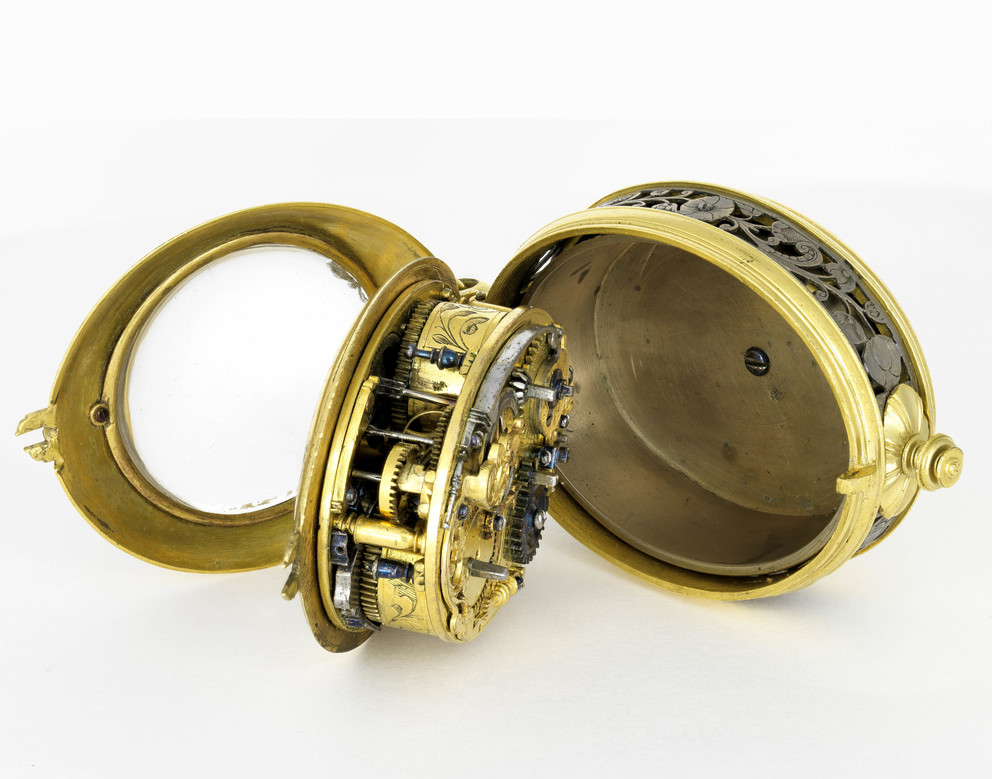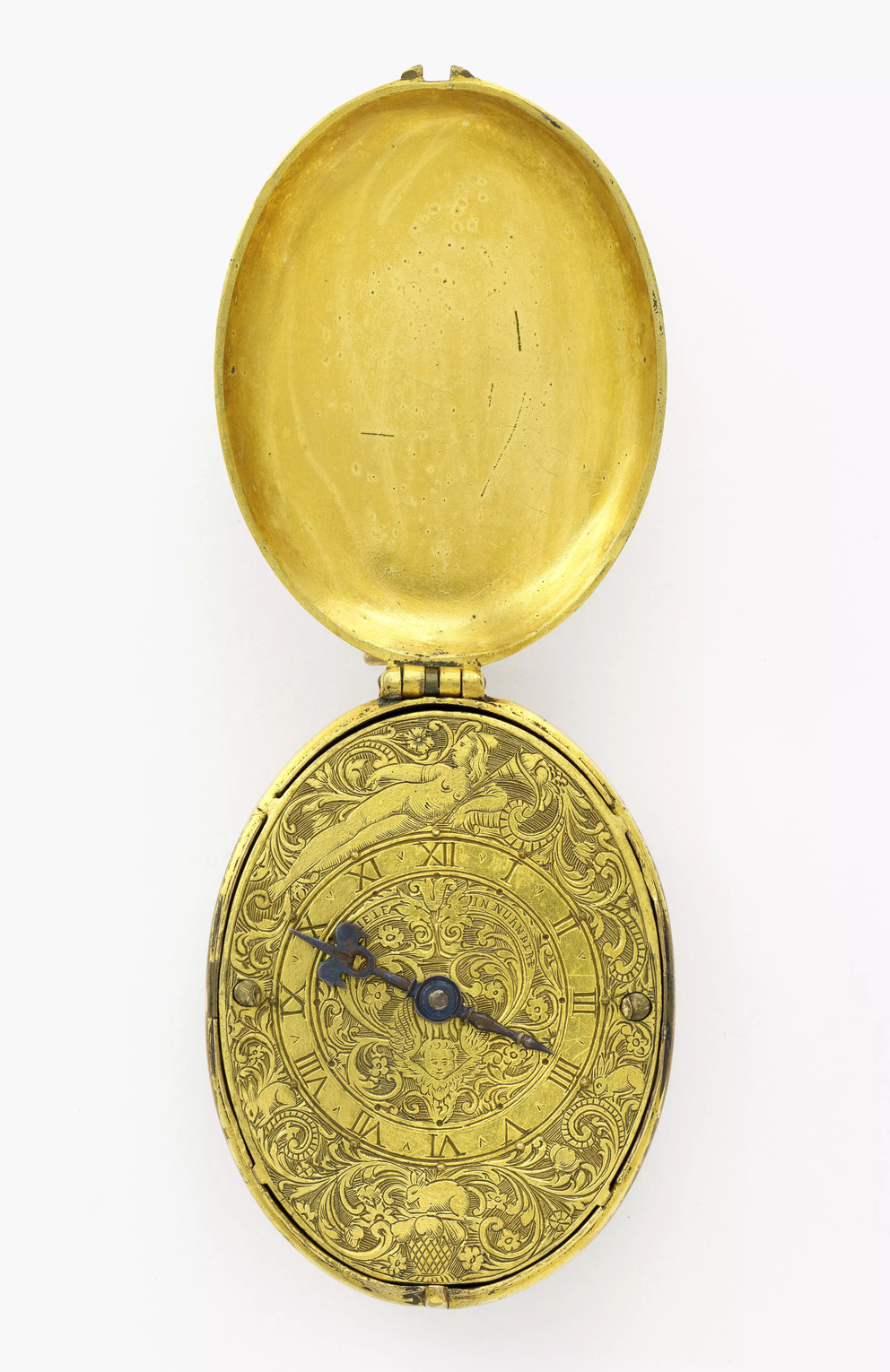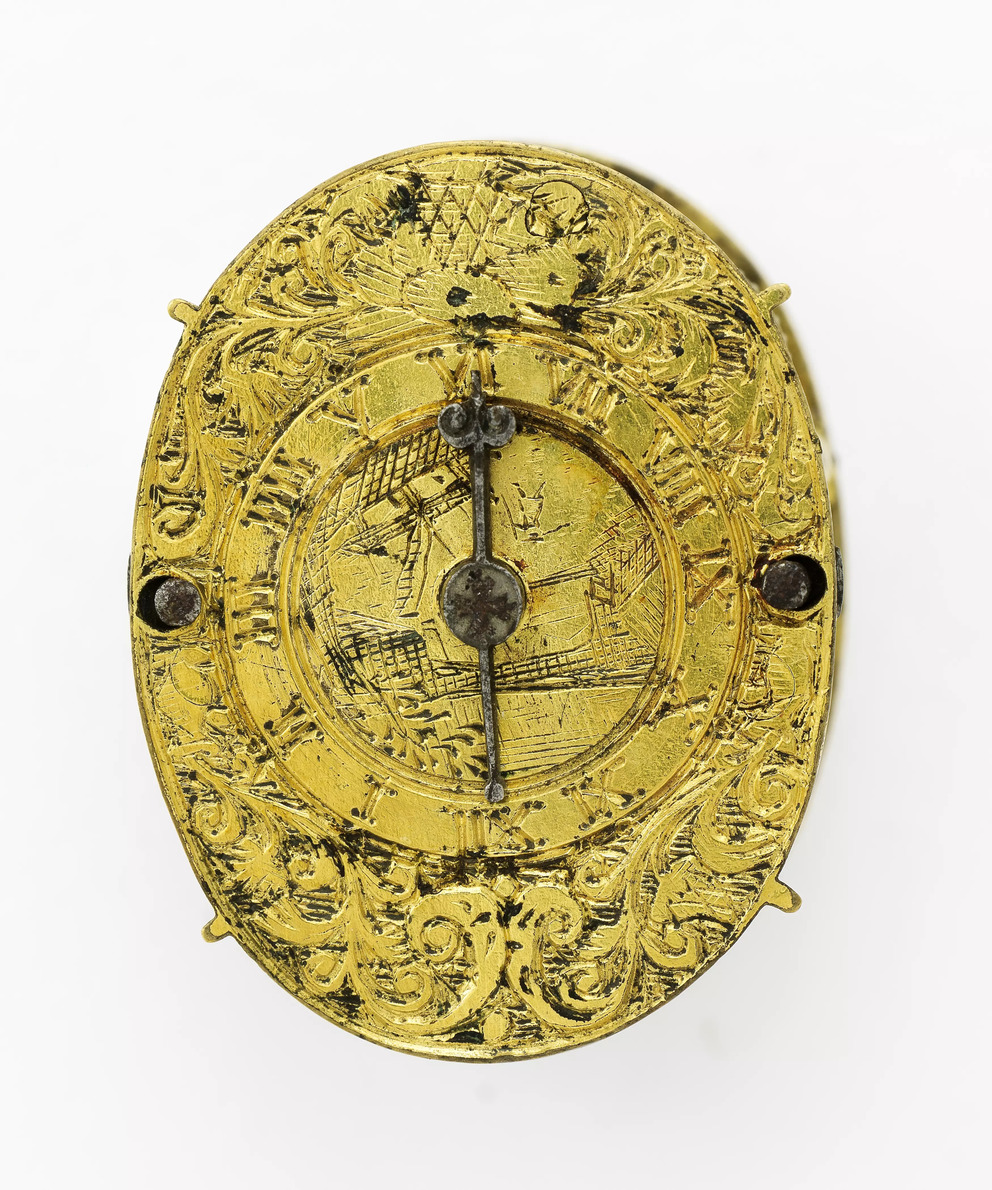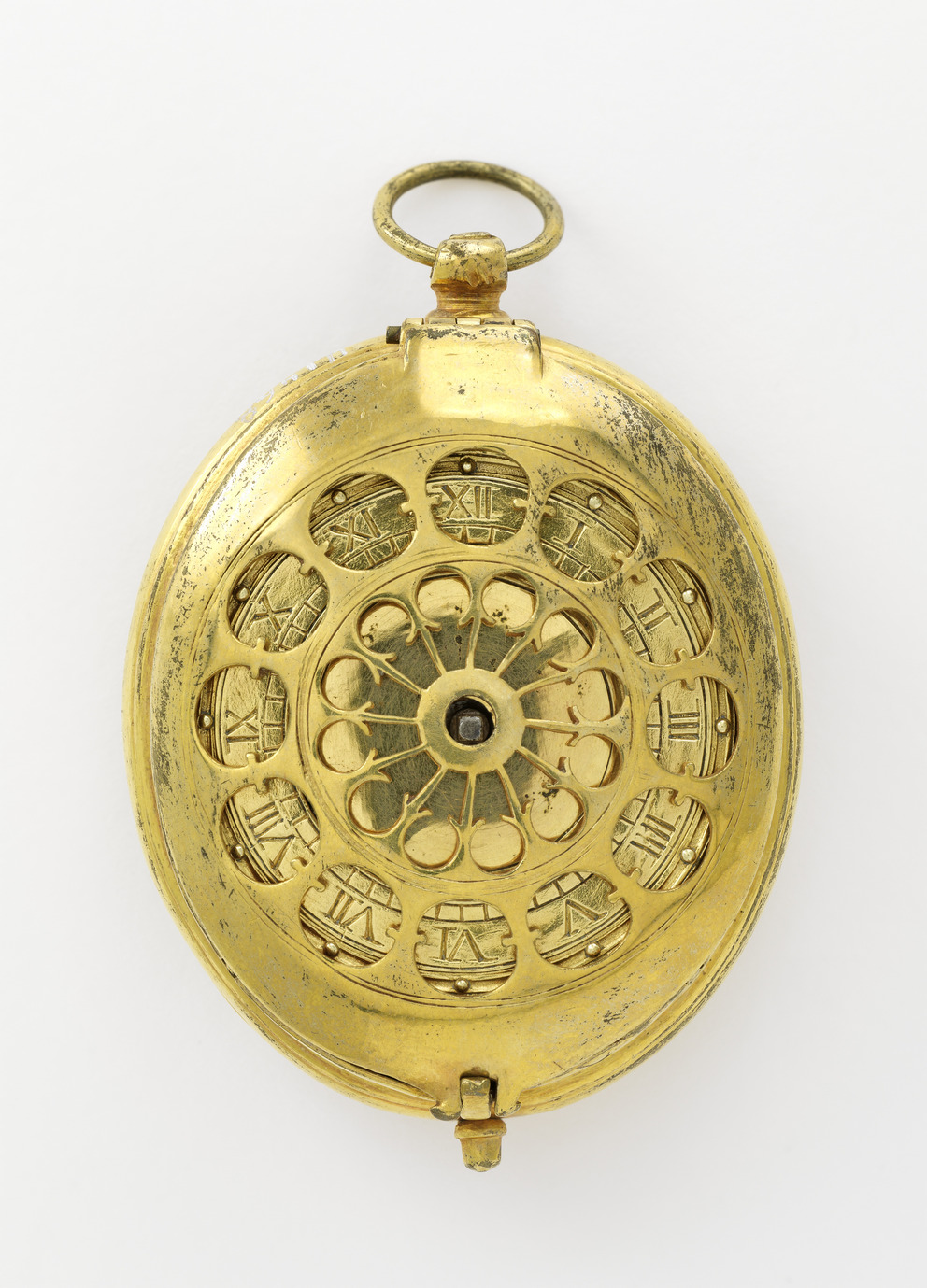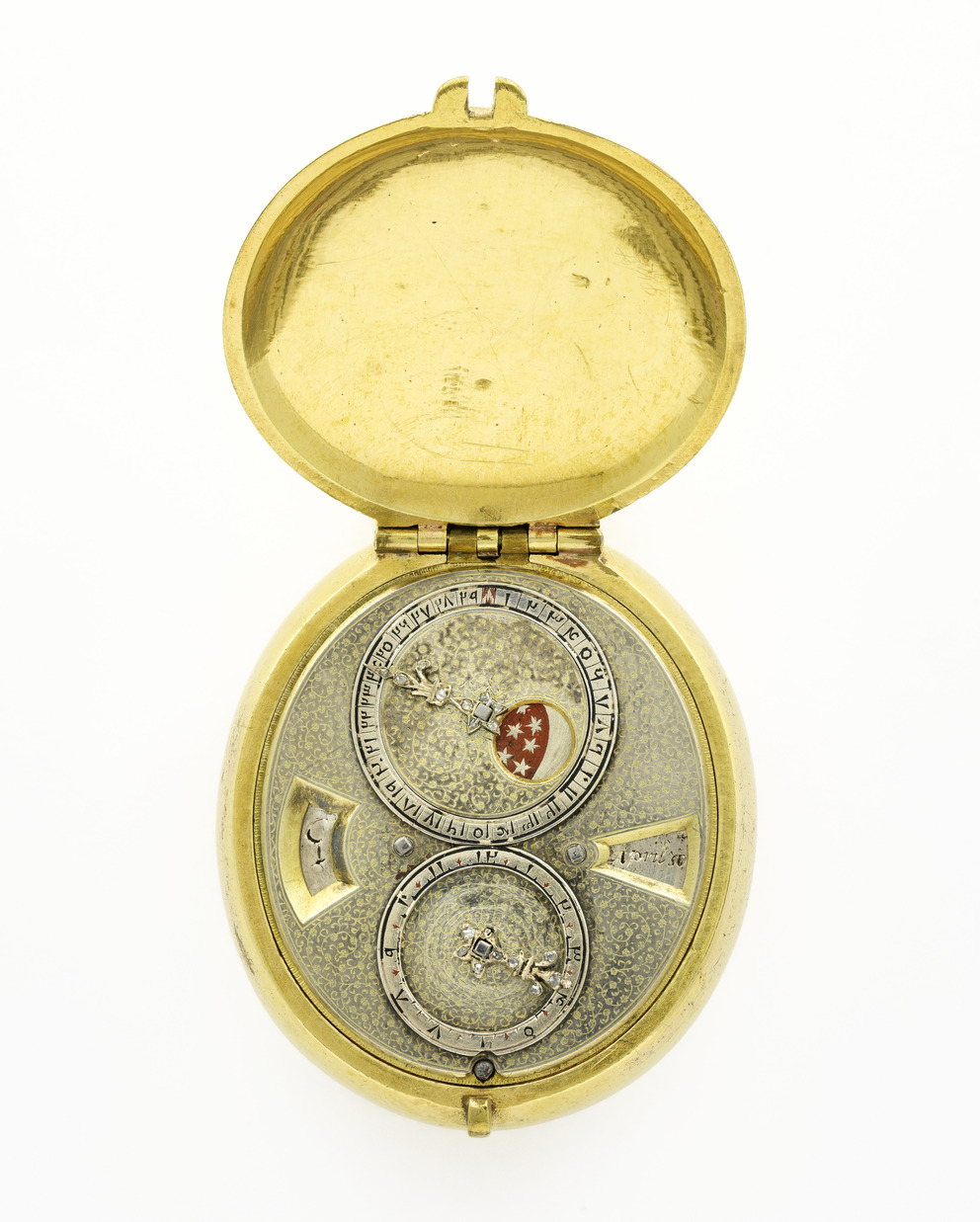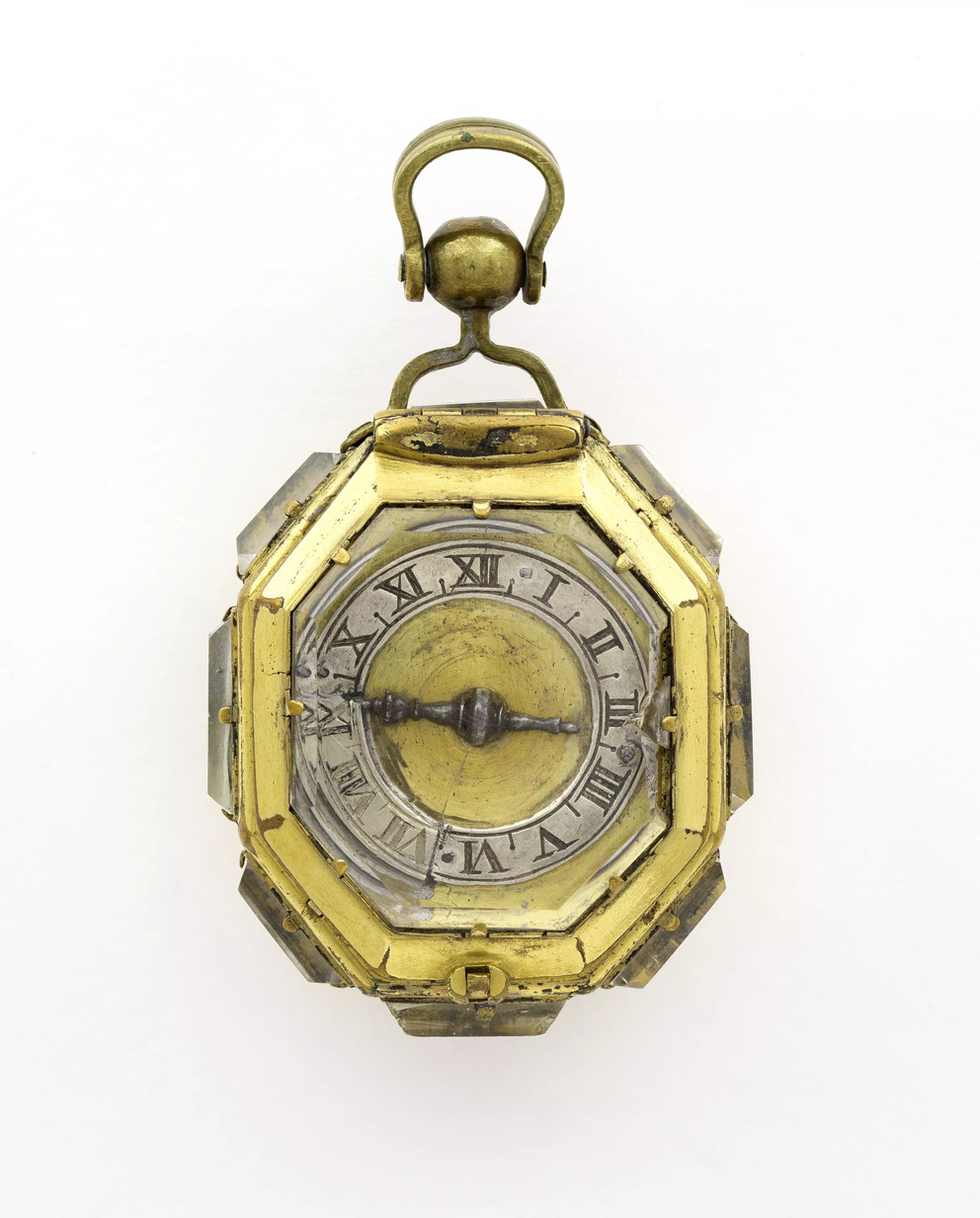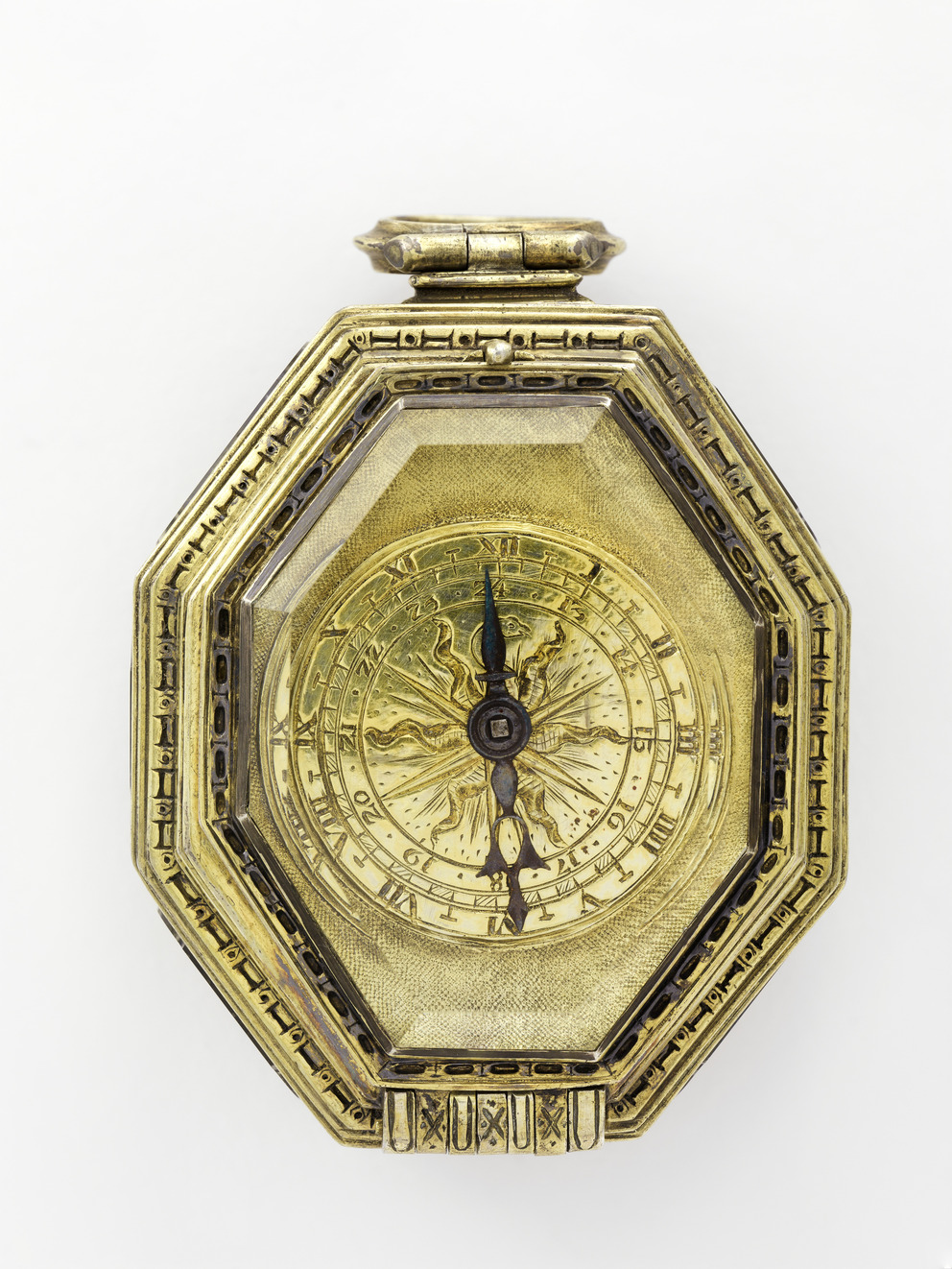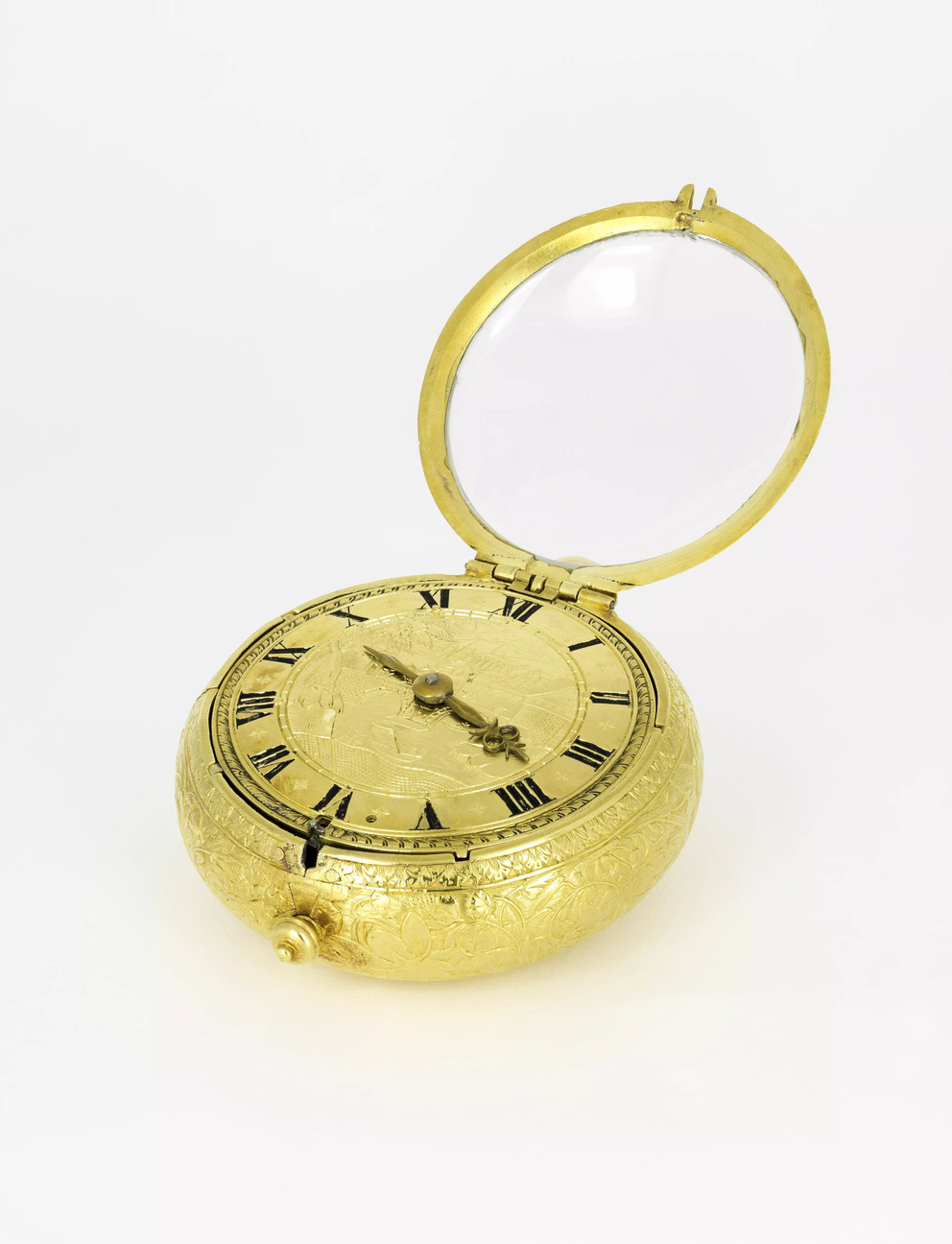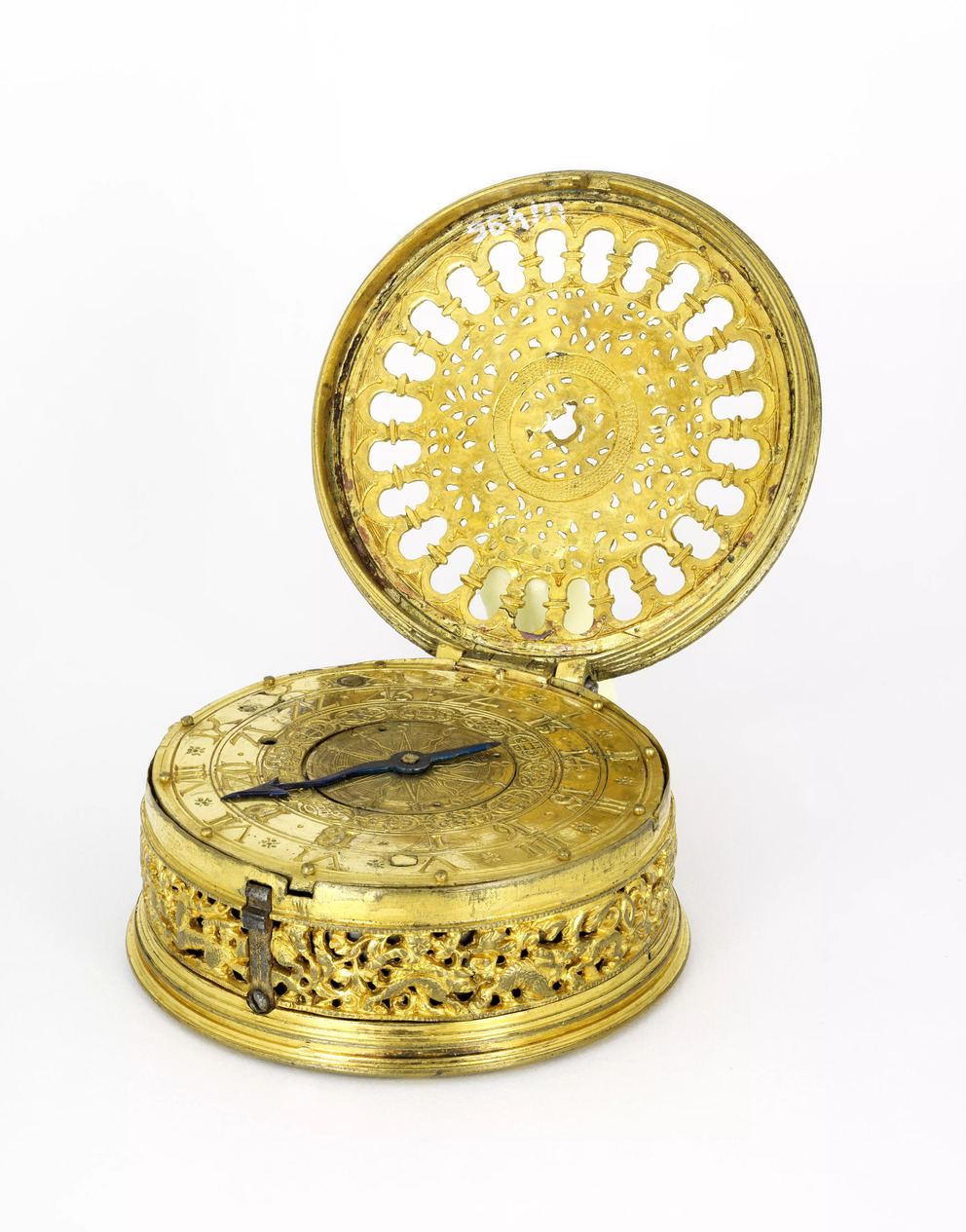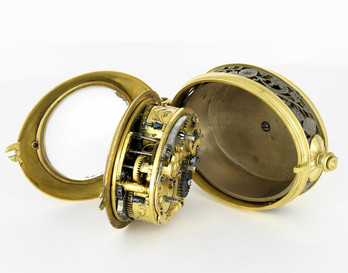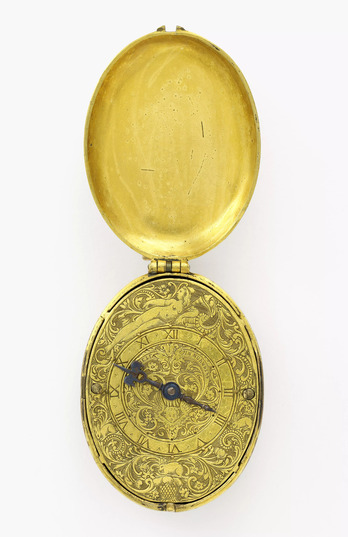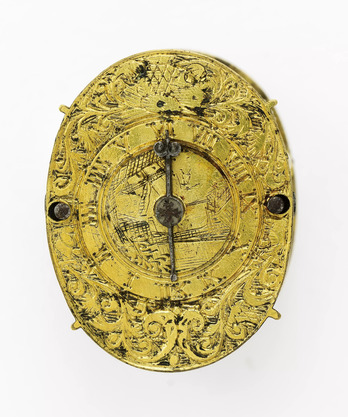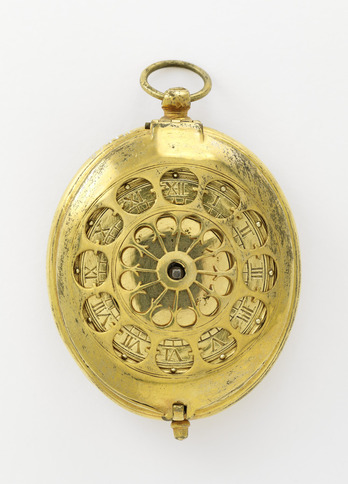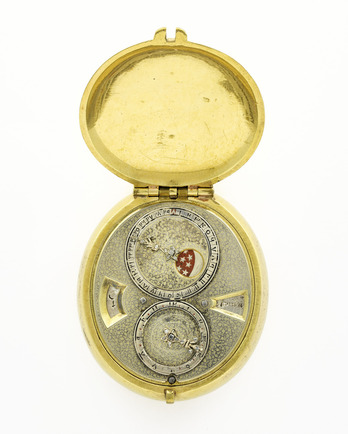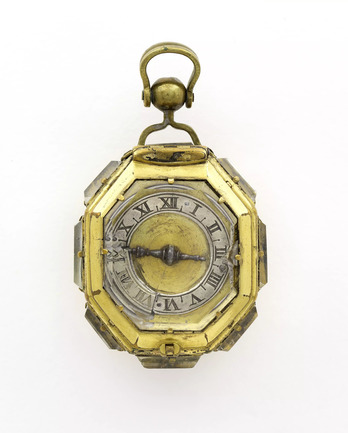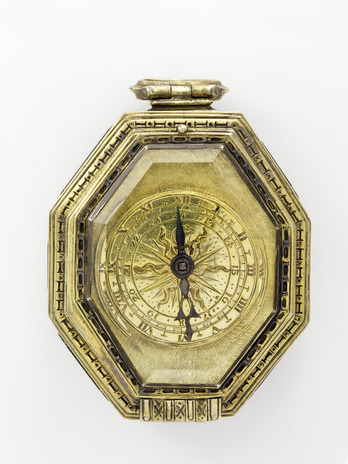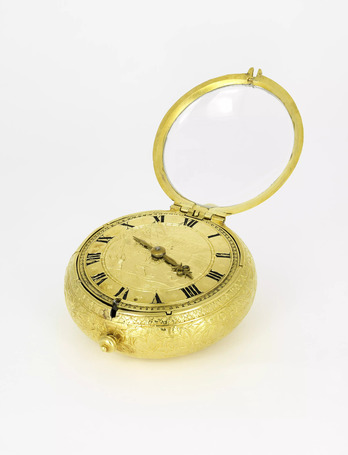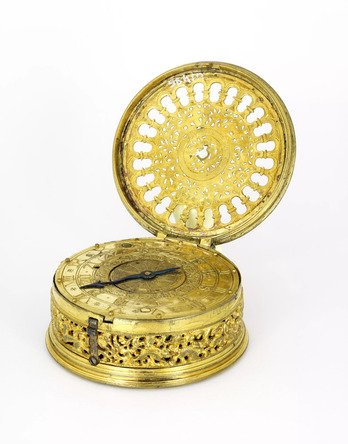Time to go
Portable timekeepers intended to be worn as accessories appeared in sixteenth century Europe. Very few individuals were able to make them, and just as few could afford to buy them. Therefore, early pendant watches were owned and worn by the rich and famous, symbolizing power—over their own time and the time of others. The examples shown here are models from the sixteenth and seventeenth centuries, when timepieces were mostly worn as pendants. Fashion changed in the 1660s with the appearance of pockets in men’s clothing and with them, the pocket watch.
Unknown
around
1700
Marin Gaultron
1601–1630
Unknown
around
1600
Marie Ebner-Eschenbach
1580–1600
Marie Ebner-Eschenbach
1590–1610
Marie Ebner-Eschenbach, Friedrich Hübner
around
1625
Marie Ebner-Eschenbach
1580–1600
Marie Ebner-Eschenbach, Guillaume Seney
1617–1635
Marie Ebner-Eschenbach
1530–1570
